

Picture this: ancient communities thriving amidst a fertile landscape, where the integration of coastal resources and inland agriculture fostered economic growth and socio-political structures.
If you love archaeology, then Mahleya should be on your list of places to visit, as recent discoveries suggest that it has been a hub of cultural exchange and settlement during the Late Iron Age (300 BC – 200 AD).
In a paper by Professor Nasser Said AlJahwari from the Department of Archaeology at Sultan Qaboos University, he outlined that the Late Iron Age/Samad Period settlement was situated on the western bank of Wadi Mahram, close to the village of Mahleya in the al-Mudhaybi region. He explained that the site was discovered and excavated in January 2004, which proved very rewarding.
The Mahleya settlement itself spans an impressive 28.5 hectares and showcases remarkable architectural designs – from robust dwellings and intricate workshops to fortified structures. Excavations have uncovered two main rectangular structures that provide insights into the living conditions and social dynamics of their inhabitants. One features a hearth, suggesting that it served as a communal living space where families gathered, while the purpose of the other space remains shrouded in mystery, teasing potential differences in function and usage.
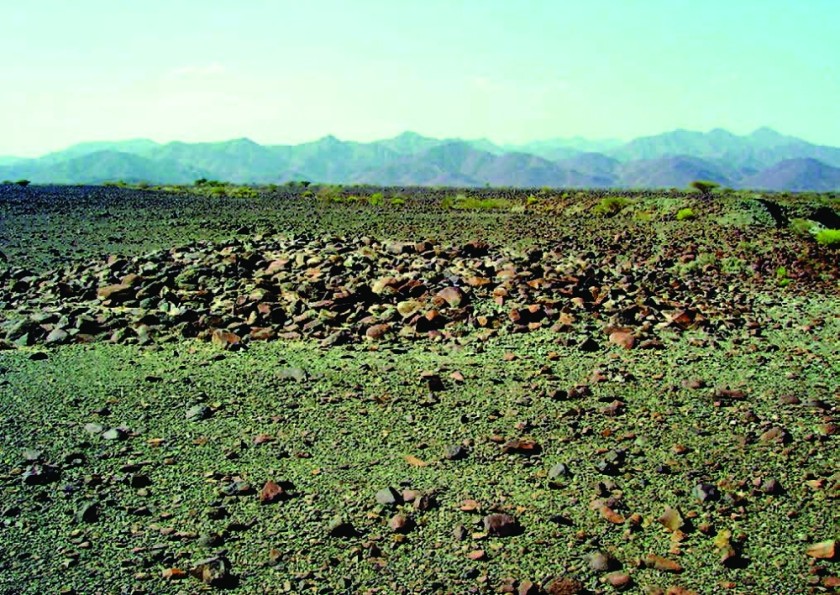
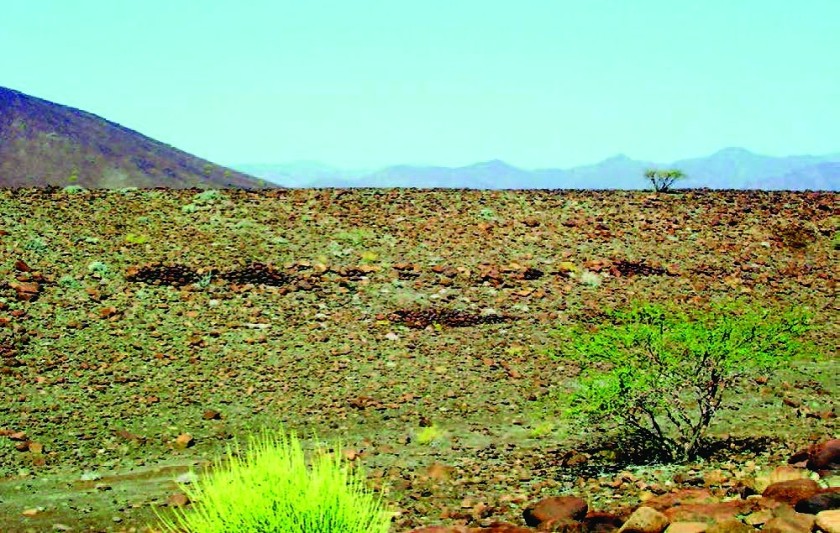
Artifacts recovered from the site – over 1,500 pottery sherds, fragments of chlorite vessels, and numerous marine shells – elucidate the cultural connections that transcended the arid landscape. The presence of date stones indicates an agricultural economy centred on date palm cultivation, which remains a staple in Omani society today.
The relevance of the Mahleya discoveries resonates beyond academia; they speak to contemporary issues of sustainability, resource management, and cultural identity.
Agricultural Ingenuity, Trade and Cultural Exchange
Amidst the rugged terrain, archaeologists have uncovered two well-defined rectangular structures, known as S1 and S2. S1, with its central hearth, paints a vivid picture of domestic life, suggesting it was a lively space where families gathered, shared stories, and cooked. These structures highlight the advanced building techniques of the time, representing not just houses, but communal hubs that fostered social bonds among the inhabitants.
An abundance of burned date stones reveals that the date palm, a hallmark of Omani agriculture, was both a staple and a cultural icon for the residents of Mahleya. This discovery signifies more than mere subsistence; it reflects a deep-seated reliance on agriculture, interwoven with the rhythms of life in this arid landscape. The presence of cleared agricultural plots suggests the ingenuity of ancient Omani farmers who moulded their environment to cultivate these vital trees.
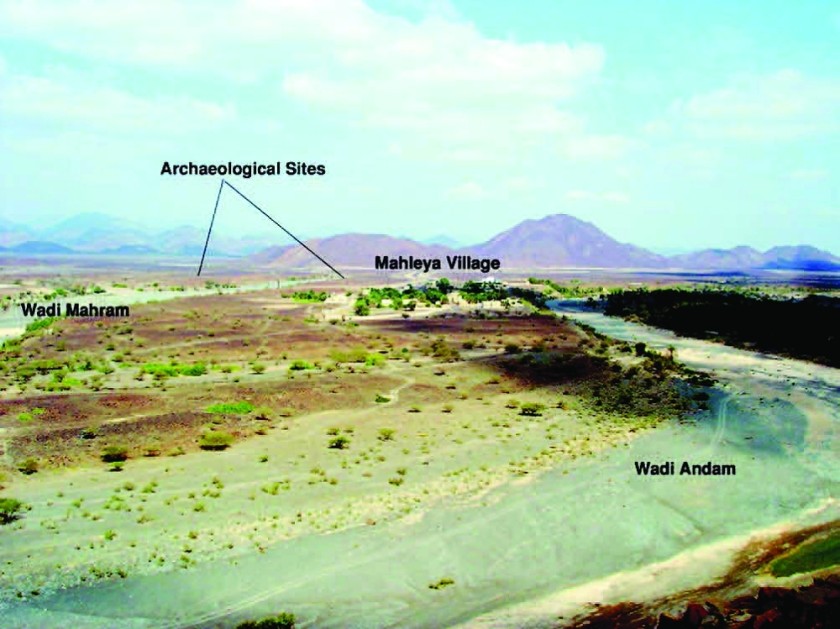

Venturing into the site, one can almost imagine the ancient engineers who devised the falaj irrigation system to coax life from the arid land. This sophisticated technique for channeling water from underground sources demonstrates a profound understanding of hydrology and agriculture. It stands as a testament to the resilience and adaptability of the Mahleya community, providing water to sustain crops and support the settlement’s flourishing economy.
Over 1,500 pottery sherds excavated from the site reveal the artistic flair and daily habits of the Mahleya inhabitants. Each piece, with its unique design and material, narrates a story of local craftsmanship and trade. From functional storage jars to intricately decorated vessels, these artifacts embody the spirit of innovation and creativity, showing how the people of Mahleya not only survived but thrived in their environment.
Among the artifacts, marine shells provide a tantalising glimpse into the trade networks that once connected the inland settlement to bustling coastal communities. These shells are more than relics; they signify the exchange of goods, suggesting that the Mahleya residents traded agricultural products for seafood, bridging both culinary delights and economic prosperity. This connection highlights the vibrant cultural interactions of ancient Oman, where land and sea met in a thriving marketplace.
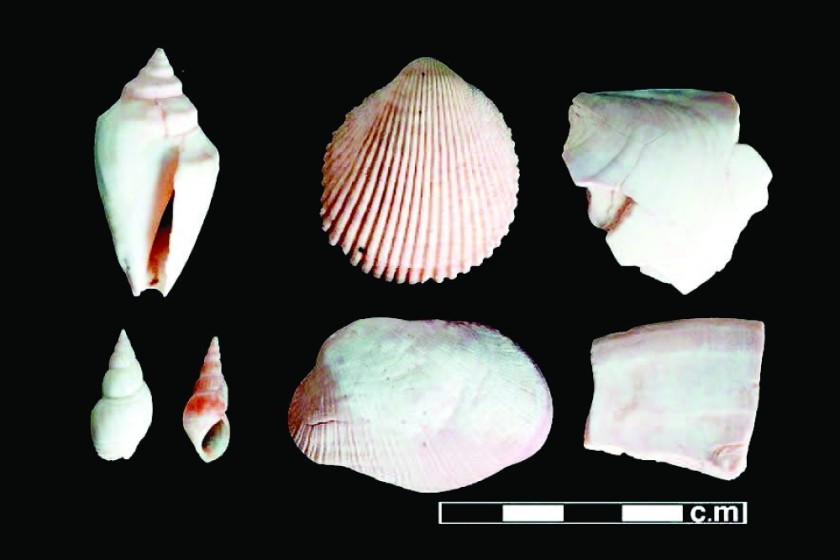
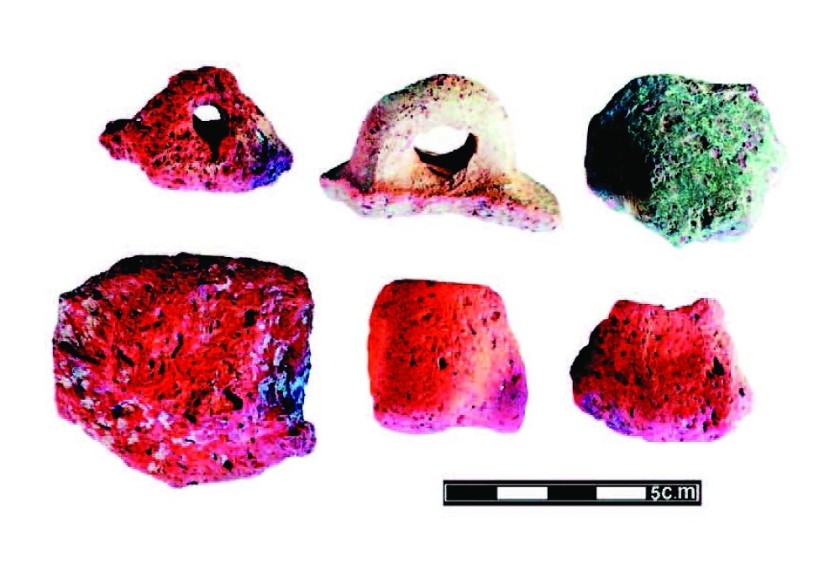
A Living Connection to Ancient History
Today, as the sun rises over the Mahleya settlement, it reflects off the remnants of history, inviting modern explorers to walk in the footsteps of those who came long before. The landscape, dotted with archaeological finds, is a vivid reminder of how past lives still echo today, offering insights into sustainable practices and social structures that continue to resonate in contemporary Omani culture.
As scientists and historians continue to unearth the layers of Mahleya, they not only reveal the intricate ways of life from centuries ago but also emphasise the importance of preserving such sites for future generations. The discoveries at Mahleya contribute significantly to our understanding of the region's history and the resilience of its inhabitants, reminding us that the threads of human existence connect us across time and space.
In the spirit of exploration and education, the tale of Mahleya reminds us that history is not simply about the past; it is a living narrative that enriches our present and shapes our future.
Oman Observer is now on the WhatsApp channel. Click here




